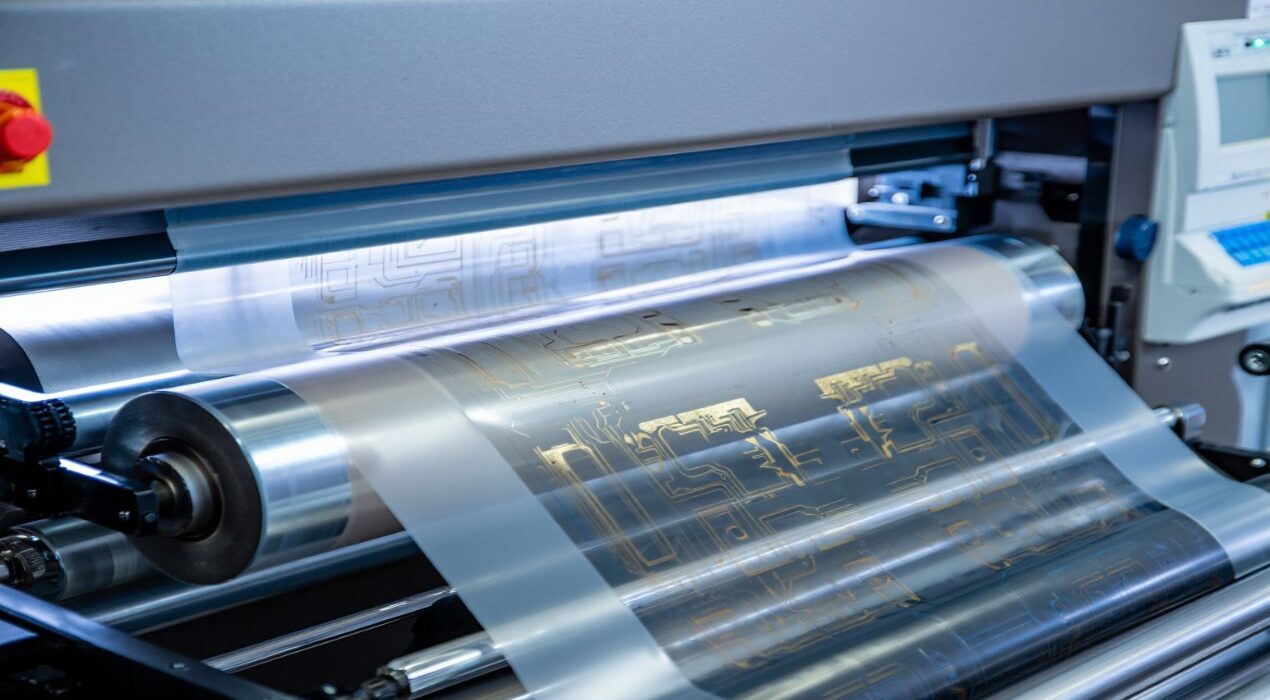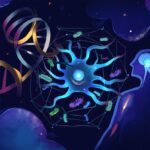Infrared cameras power technologies from autonomous vehicles to medical imaging, but their growth is limited by reliance on toxic heavy metals like mercury and lead. With stricter regulations and rising demand, the industry has faced a pressing challenge: how to balance performance with environmental compliance.
Researchers at NYU Tandon School of Engineering have unveiled a groundbreaking alternative—eco-friendly colloidal quantum dots, or “quantum ink.” Unlike conventional detectors built through painstaking atomic assembly, this new method synthesizes quantum dots in solution, much like brewing ink. These inks can then be applied using scalable, cost-efficient coating techniques, similar to roll-to-roll printing used in newspapers and packaging.
“The industry is facing a perfect storm where environmental regulations are tightening just as demand for infrared imaging is exploding,” explained Ayaskanta Sahu, associate professor at NYU Tandon and senior author of the study.
To ensure performance, the team applied a process called solution-phase ligand exchange, fine-tuning the surface chemistry of the quantum dots. This innovation enables smooth, uniform films that efficiently transmit electrical signals—essential for producing reliable detectors at scale.
The results are impressive: the devices can register infrared light within microseconds—hundreds of times faster than a human blink—and detect signals as faint as a nanowatt. Graduate researcher Shlok J. Paul, the study’s lead author, added, “With more time this material has the potential to shine deeper in the infrared spectrum where few materials exist for such tasks.”
This work builds on the team’s earlier breakthrough in transparent silver nanowire electrodes, which enhance signal collection while remaining highly transparent to infrared light. Together, these advances could accelerate the development of greener, faster, and more affordable infrared imaging systems for use in cars, smartphones, medicine, and national security.
Scientists Create “Quantum Ink” to Transform Night Vision and Infrared Tech






